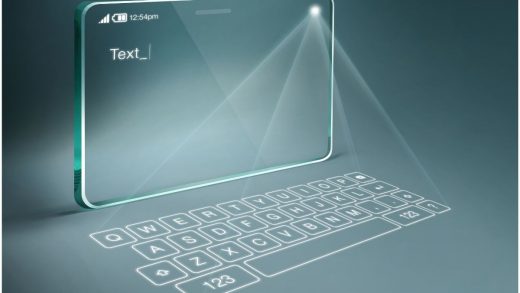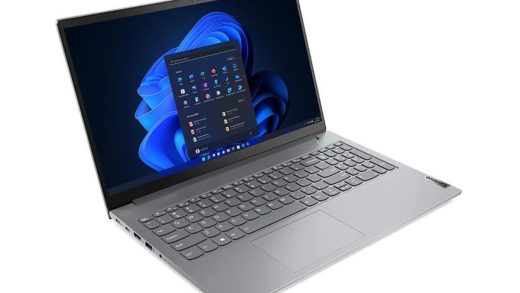The history and type of Bluetooth. Starting with “Bluetooth 1.0”, the latest one is “Bluetooth 5”
From here, I will explain the difference between Bluetooth Classic and Bluetooth Low Energy while tracing the history of Bluetooth. We will also introduce the latest standard function, Bluetooth Mesh.
Bluetooth Classic
Bluetooth Classic refers to “Bluetooth 1.0” released to the public in July 1999 to “Bluetooth 3.0” released in April 2009. Mainly for personal use such as audio transfer and pairing of PC peripherals.
The master unit such as a personal computer or smartphone is called a ” master “, and the peripheral devices such as a mouse or earphone are called a ” slave “, and peer-to-peer (one-to-one) pairing is mainly assumed.
Bluetooth pairing example. Basically assuming one-to-one
Bluetooth was invented in 1994. Development started as an in-house project of Swedish telecommunications equipment manufacturer “Ericsson”. It was designed as a new communication technology to replace the wired communication standard “RS-232” that was installed as a standard on personal computers.
RS-232 communication cable. RS-232 is a communication technology devised in 1960.
In 1999, when Bluetooth 1.0 was released, wireless headphones appeared as the first consumer Bluetooth device. Subsequently, mobile phones, printers, mice, etc. were also released.
“Bluetooth 2.0” released in November 2004 is equipped with EDR (Enhanced Data Rate) function, and “Bluetooth 3.0” released in April 2009 is equipped with HS (High Speed) function. .. It has become easier to send audio and video data with large file size.
BLE (Bluetooth Low Energy)
LE (Low Energy) function installed in “Bluetooth 4.0” released in December 2009. The direction has changed from high speed to low power consumption, and the power consumption when active is about 1/10 of Bluetooth Classic. Therefore, it has begun to spread rapidly as a basic technology for IoT and wearable devices.
Unlike EDR / HS, which has been added as an option for Bluetooth 1.0, LE is a completely new communication standard. Therefore, it is called BLE (Bluetooth Low Energy) to distinguish it from Bluetooth Classic.
With BLE, not only peer-to-peer communication but also broadcast communication ( communication to an unspecified number of people) is possible. In this case, the device that provides services such as location information is called ” peripheral “, and the device that receives the service is called ” central “.
An example of Bluetooth broadcast communication. Peripherals continue to send data called advertising packets at regular intervals.
Devices that fall under the category of peripherals have beacons. For details, see “What is a Bluetooth device/beacon? “
Bluetooth Mesh
In “Bluetooth 5” released in June 2016, BLE was expanded and a mesh network compatible function was added.
This has further evolved from Bluetooth Classic’s “one-to-one” and BLE’s “one-to-many”, enabling “many-to-many” communication. We will promote smart homes and smart buildings by connecting various things such as lighting, air conditioning, and disaster prevention systems.
By connecting to a Bluetooth mesh network, you can connect many things such as air conditioning, lighting, and smart speakers.
Ken Cordrap of the Bluetooth SIG cites the benefits of Bluetooth Mesh as being reliable with a mesh network and being scalable enough to accommodate up to 32,000 devices in a single network.
Also Read : 10 Failures That I Noticed When I Operated 2 Online Shops




